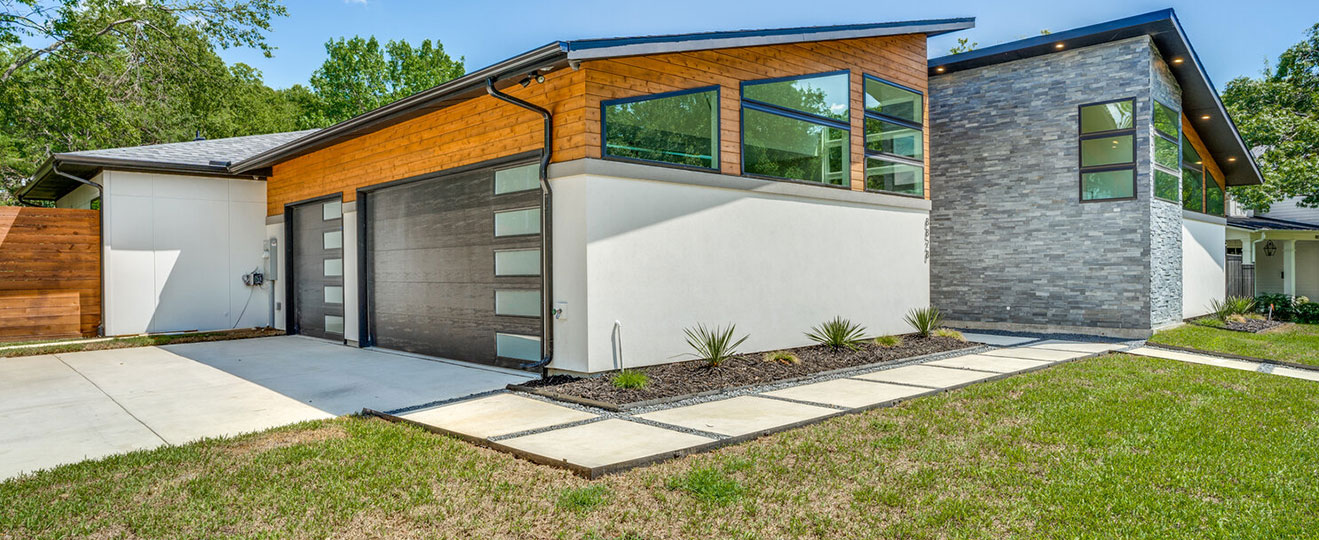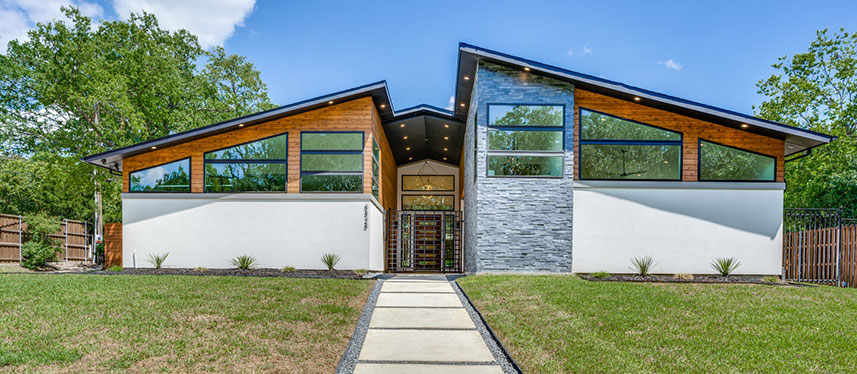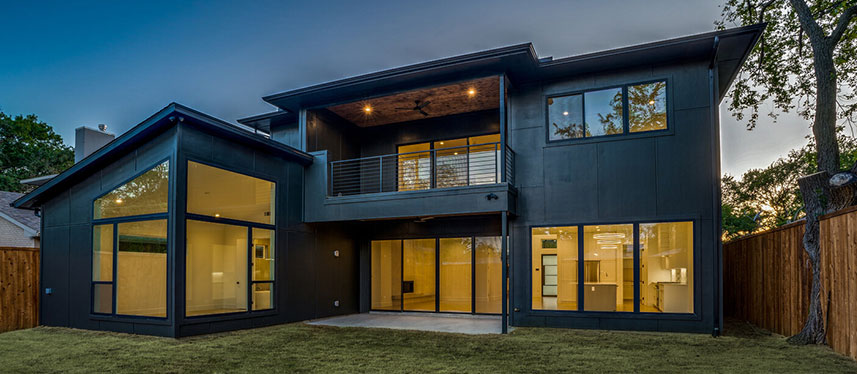
Introduction
Garage conversions are a wonderful solution for homeowners in Pleasanton who need more room. Converting a garage can provide a comfortable living space, an office, or a studio. This process not only utilizes the existing structure but also meets the growing needs of families without the hassle of moving. The added functionality of a garage conversion can truly enhance your daily living experience in Pleasanton.
Essential Garage Conversion Rules for Pleasanton
What you can build
Maximum Size
The maximum size allowed for a garage conversion is 1,200 square feet, providing ample space for various uses.
Side/rear setbacks
Setbacks from the side and rear property lines must be at least 4 feet to ensure adequate spacing and privacy.
Height limit
The height limit for a converted garage is 16 feet, allowing for comfortable interior spaces without overwhelming the surroundings.
Building separation
There should be a minimum separation of 6 feet between the converted garage and other structures on the property to maintain safety and accessibility.
Permitting Process Timeline
Standard
The standard permitting process for a garage conversion typically takes 45 days, ensuring a thorough review.
Historic Property review
For properties designated as historic, the review process can take up to 90 days to ensure compliance with preservation standards.
Zoning Regulations in Pleasanton:
Pleasanton has specific zoning regulations to guide garage conversions.
Garage Conversion Size Limitations:
| Zoning District | Maximum Floor Area Allowed |
| R-1 (Single Family) | 1,200 sq. ft. |
| R-2 (Two Family) | 1,000 sq. ft. |
| R-3 (Multifamily) | 900 sq. ft. |
| R-4 (Neighborhood Mixed Use) | 800 sq. ft. |
Height Limitations
The maximum height for garage conversions is set at 16 feet to ensure compatibility with residential neighborhoods.
Building Coverage
The converted garage should not exceed 40% of the total lot area to maintain open space and landscaping.
Location
| Property Type | Location Requirement |
| Single-Family Homes | Must be within main property line |
| Duplex | Can be adjacent to main building |
| Multifamily | Must maintain communal areas |

Exterior details
Garage conversions must match the exterior style and materials of the main house to ensure a cohesive look.
Setbacks and Buffer Zones
A minimum of 4 feet from property lines must be maintained for safety and privacy.
Minimum Lot Area
Connection for utilities
Utilities must be seamlessly connected to the main house systems for water, gas, and electricity.
Fire safety
Converted garages must include smoke detectors and fire extinguishers to comply with fire safety regulations.
Room specifications
- Living Area: The living area should be spacious enough to include seating and sleeping arrangements comfortably.
- Kitchen: A functional kitchen space is required, with room for appliances, cabinets, and cooking areas.
- Bathroom: The bathroom should include standard fixtures such as a toilet, sink, and shower or bathtub.
- Ceiling Height: The ceiling height must be at least 7 feet to provide a comfortable living environment.
Short-term Rentals and Home Occupations Regulations
Pleasanton has regulations for short-term rentals and home businesses to maintain neighborhood harmony.
Building Codes
Garage conversions must adhere to all local building codes, including those for electrical, plumbing, and structural integrity.
Pleasanton Garage Conversion Permit Guidelines
| Permit Type | Description | Estimated Fee |
| Building Permit | Required for structural changes | $500 |
| Electrical Permit | Necessary for all electrical work | $200 |
| Plumbing Permit | Required for plumbing installations | $250 |
| Mechanical Permit | Needed for HVAC systems | $300 |
| Planning Review | Ensures compliance with zoning and design rules | $150 |
Property Requirements
Properties must meet specific criteria to qualify for a garage conversion, including size and zoning regulations.
Parking
Additional parking spaces must be provided to compensate for the loss of the garage space.
Front Setbacks
Front setbacks should remain unchanged to preserve the street view and neighborhood character.
Side and Rear Setbacks
Side and rear setbacks of at least 4 feet are required to ensure safety and privacy.
Open Space and Rear Yards
Maintaining open space and rear yards is crucial for preserving the property’s aesthetic and functional balance.
Properties That Qualify
Properties must meet zoning and size criteria to be eligible for garage conversions.

Development standards
Single-family Homes
Conversions should blend seamlessly with the existing structure to maintain aesthetic harmony.
Multi-family Properties
Conversions should enhance the overall property without compromising communal spaces.
Duplex Properties
Conversions should enhance the overall property without compromising communal spaces.
Property designations
- Flood Zones: Conversions in flood zones require additional safety measures to prevent water damage.
- Easements: Conversions must respect existing easements to avoid legal complications.
- Historic Properties: Conversions of historic properties must adhere to preservation guidelines to maintain historical integrity.
Summary
Garage conversions in Pleasanton offer a practical solution for gaining extra living space. With specific regulations and guidelines in place, homeowners can successfully transform their garages into functional and appealing areas. Understanding the local rules ensures a smooth and compliant conversion process, enhancing the property’s value and usability.
FAQs
Yes, garage conversions are allowed in Pleasanton if they meet local zoning and building regulations. This includes adhering to specific size, height, and setback requirements to ensure the conversion is safe and compliant with city codes. It’s important to check with the Pleasanton city planning department to understand all the necessary guidelines and obtain the required permits before starting the conversion process.
Yes, obtaining the necessary permits is required to ensure the conversion complies with city regulations. This process typically involves applying for a building permit, which covers structural changes, as well as electrical, plumbing, and mechanical permits if any updates or installations are needed. The permitting process ensures that the garage conversion meets all safety and building codes.
Yes, you can convert your garage into a rental unit, but you must comply with local rental regulations. This includes meeting specific requirements for rental properties, such as providing adequate living space, separate entrances, and parking provisions. Additionally, you may need to register the rental unit with the city and ensure it meets all health and safety standards.
The maximum size allowed for a garage conversion in Pleasanton is 1,200 square feet. This limit ensures that the conversion provides ample living space while maintaining the residential character of the neighborhood. It’s important to verify this size restriction with the local planning department, as it may vary based on specific zoning districts and property sizes.
Yes, the height limit for garage conversions in Pleasanton is 16 feet. This restriction helps maintain a consistent and aesthetically pleasing appearance within residential areas. It also ensures that the converted garage does not overshadow neighboring properties. Adhering to height limitations is crucial for obtaining the necessary permits and approvals for your garage conversion project.
Yes, adding a bathroom is allowed, but it must comply with plumbing codes and regulations. This includes ensuring proper installation of plumbing fixtures, adequate ventilation, and adherence to all local health and safety standards. A plumbing permit will be required, and the work must be inspected by city officials to ensure compliance with building codes.
Yes, a separate entrance is typically required for a garage conversion to ensure accessibility and safety. This entrance should be easily accessible from the exterior of the property and provide direct access to the converted space. A separate entrance is particularly important if the converted garage is intended to be used as a rental unit or a separate living area.
Yes, additional parking must be provided to compensate for the loss of garage space. This requirement ensures that there is sufficient parking for the occupants of the converted space without negatively impacting the neighborhood. The number of additional parking spaces needed may vary based on local regulations, so it’s important to check with the Pleasanton city planning department.
Yes, there are setback requirements of at least 4 feet from property lines. Setbacks help maintain privacy and safety between neighboring properties. These requirements ensure that the converted garage does not encroach on adjacent properties and provides adequate space for maintenance and emergency access. It’s essential to adhere to these setbacks to obtain the necessary permits.
Yes, you can use your converted garage for a home business, but it must comply with local home occupation regulations. This includes restrictions on the type of business, the number of employees, and the amount of traffic generated. The business must also maintain the residential character of the property and not create noise, odors, or other disturbances for neighbors.
Yes, the exterior of the garage conversion must match the main house to ensure a cohesive appearance. This includes using similar materials, colors, and architectural styles. Maintaining a consistent exterior look helps preserve the aesthetic appeal of the neighborhood and ensures that the conversion blends seamlessly with the existing structure.
Yes, garage conversions must include fire safety measures such as smoke detectors and fire extinguishers. These safety features are essential to protect the occupants of the converted space and comply with local building codes. Additional fire safety requirements may include proper egress windows, fire-rated walls, and accessible escape routes.
Yes, but additional safety measures are required to prevent water damage in flood zones. These measures may include elevating the converted space, installing flood-resistant materials, and implementing proper drainage systems. It’s important to consult with local building officials to understand the specific requirements and obtain the necessary permits for converting a garage in a flood zone.
Yes, historic properties can be converted, but they must adhere to preservation guidelines. These guidelines ensure that the conversion maintains the historical integrity and architectural features of the property. Special permits and reviews may be required to approve the conversion of a historic garage, and any changes must be sensitive to the property’s historical significance.
The minimum lot size required for a garage conversion is 5,000 square feet. This requirement ensures that there is sufficient space for the conversion and that it does not negatively impact the overall layout of the property. Larger lots may provide more flexibility for the conversion, but it’s important to verify the specific lot size requirements with the local planning department.
Yes, garage conversions must comply with all local building codes, including electrical and plumbing regulations. These codes ensure that the conversion is safe, functional, and meets all health and safety standards. Compliance with building codes is essential for obtaining permits and passing inspections. Consulting with a professional contractor can help ensure that all requirements are met.
Yes, but you must follow Pleasanton’s regulations for short-term rentals. This includes registering the rental with the city, obtaining the necessary permits, and complying with occupancy limits and safety standards. Short-term rentals may also be subject to additional taxes and regulations, so it’s important to review all local requirements before listing the converted space.
Yes, the converted garage must be connected to the main house’s utilities for water, gas, and electricity. Proper utility connections ensure that the converted space is functional and comfortable for occupants. This may involve installing new plumbing and electrical systems, which must comply with local building codes and be inspected by city officials.
Garage conversions are allowed in various zoning districts, including R-1, R-2, R-3, and R-4. Each zoning district has specific regulations regarding the size, use, and design of converted garages. It’s important to verify the zoning designation of your property and understand the specific requirements for garage conversions within that district.
Yes, a planning review is required to ensure the conversion complies with zoning and design guidelines. This review process involves submitting detailed plans and specifications for the conversion, which are then evaluated by city officials. The planning review ensures that the conversion meets all local regulations and standards, helping to avoid potential issues during construction.